Optimal Timing for Tile Services
Tile service involves the installation, repair, and maintenance of tile surfaces in various settings. Proper timing ensures optimal results and durability. Factors such as climate, indoor conditions, and usage patterns influence the best time to schedule tile service.
Spring and early fall are ideal for tile installation due to moderate temperatures and humidity levels, which facilitate proper curing and adhesion.
Extreme heat or cold can affect tile materials and adhesives, making it best to avoid scheduling during peak temperature periods.
Interior projects can be scheduled year-round, but ensuring stable indoor temperatures and humidity levels helps achieve the best results.
Timing tile service during periods of low activity minimizes disruption and allows ample time for curing and setting.

Ways to make Tile Service work in tight or awkward layouts.
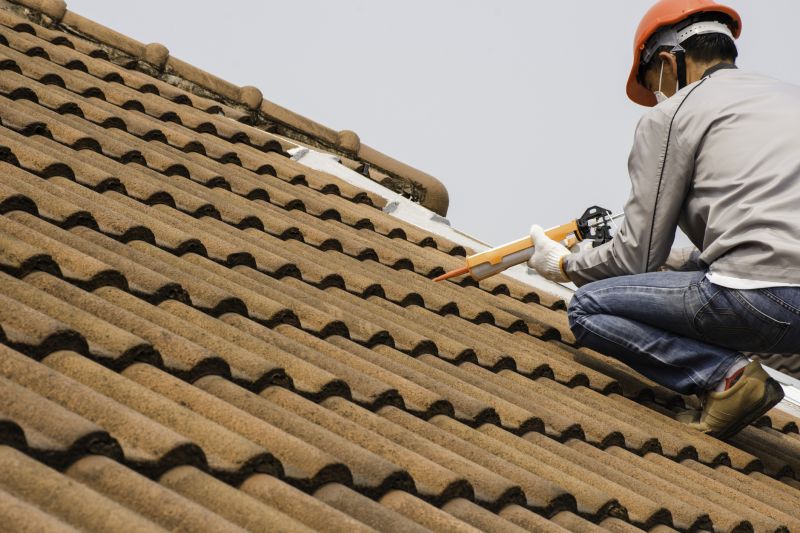
Popular materials for Tile Service and why they hold up over time.
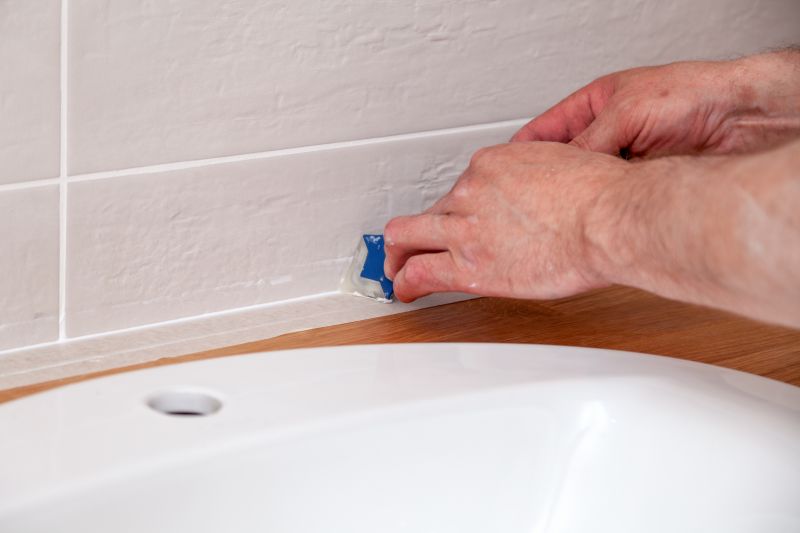
Simple add-ons that improve Tile Service without blowing the budget.
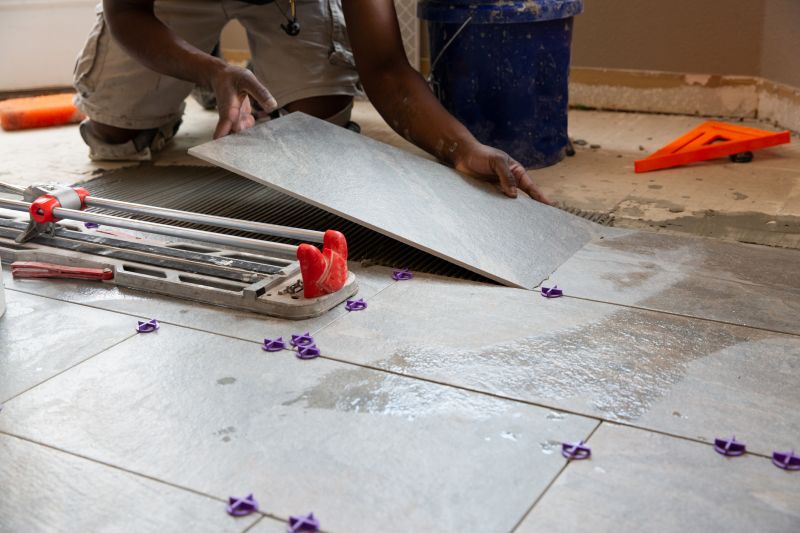
High-end options that actually feel worth it for Tile Service.
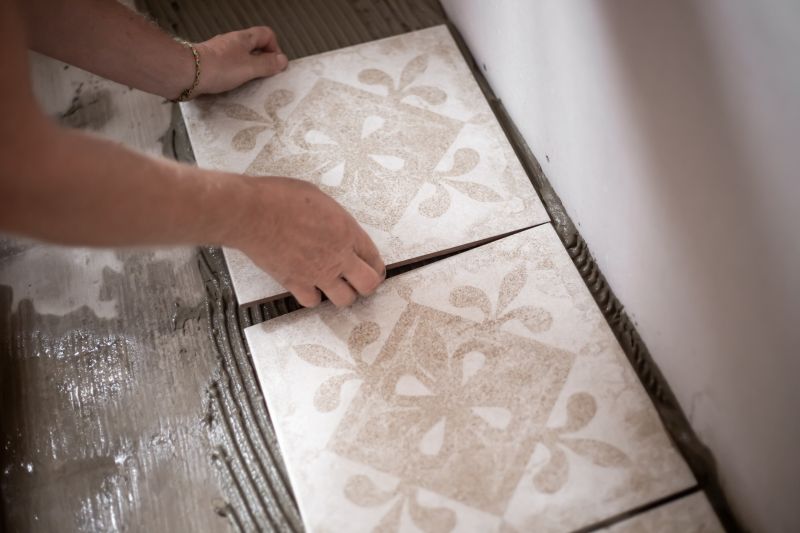
Finishes and colors that play nicely with Tile Service.
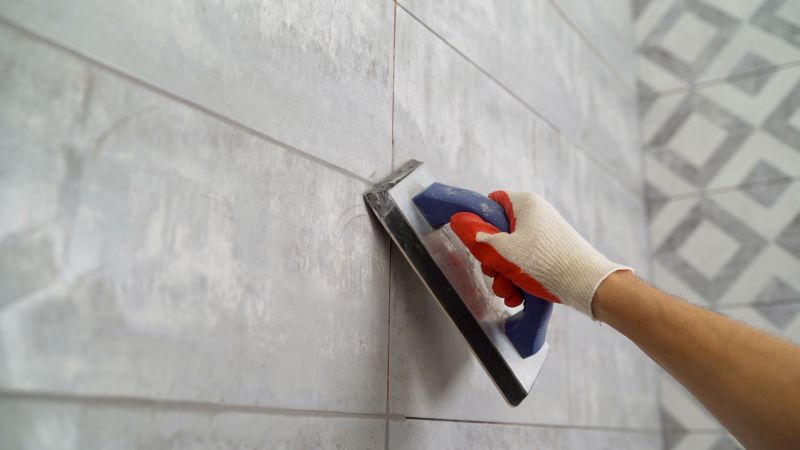
Little measurements that prevent headaches on Tile Service day.
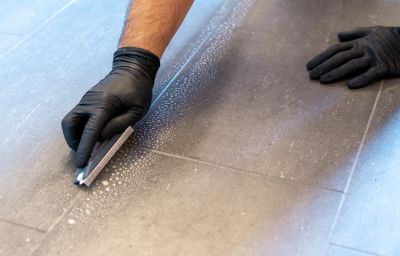
A 60-second routine that keeps Tile Service looking new.
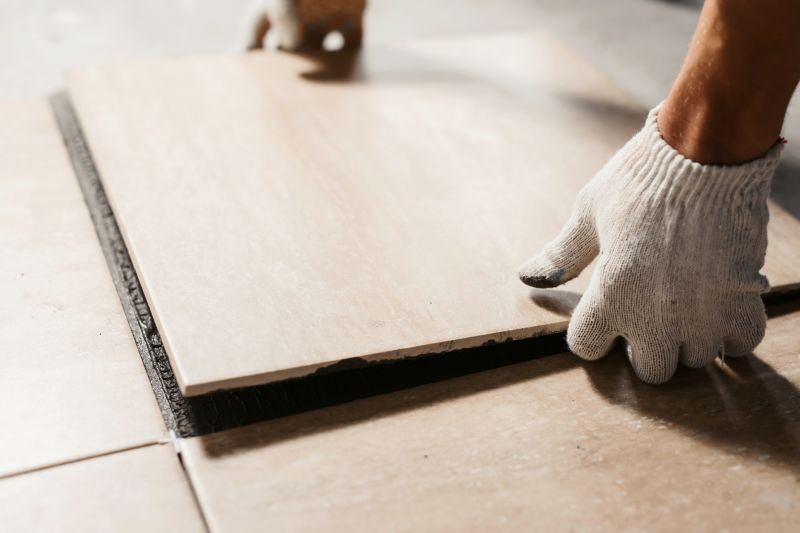
A frequent mistake in Tile Service and how to dodge it.

Small tweaks to make Tile Service safer and easier to use.
| Factor | Optimal Timing |
|---|---|
| Temperature | Moderate temperatures are best for installation and repairs. |
| Humidity | Low to moderate humidity levels ensure proper curing. |
| Season | Spring and fall are preferred for exterior tile work. |
| Indoor Conditions | Stable indoor climate supports better adhesion. |
| Project Size | Larger projects benefit from scheduling during low-traffic periods. |
| Usage Frequency | Less busy times allow for better curing and drying. |
| Weather | Avoid scheduling during rainy or extremely hot days. |
| Maintenance Needs | Plan regular maintenance in off-peak seasons. |

